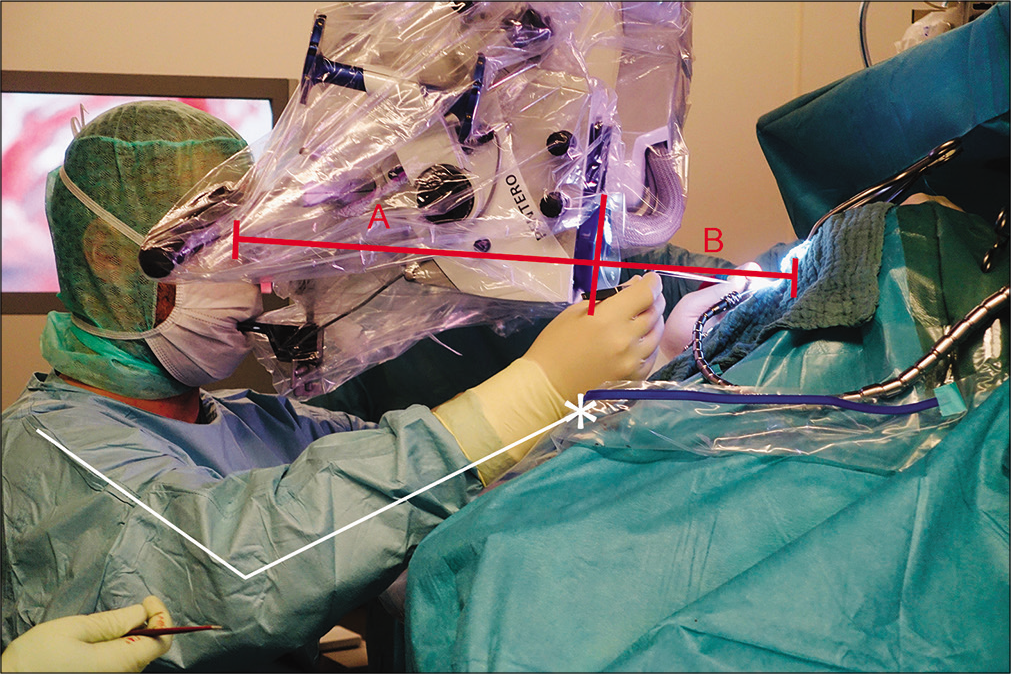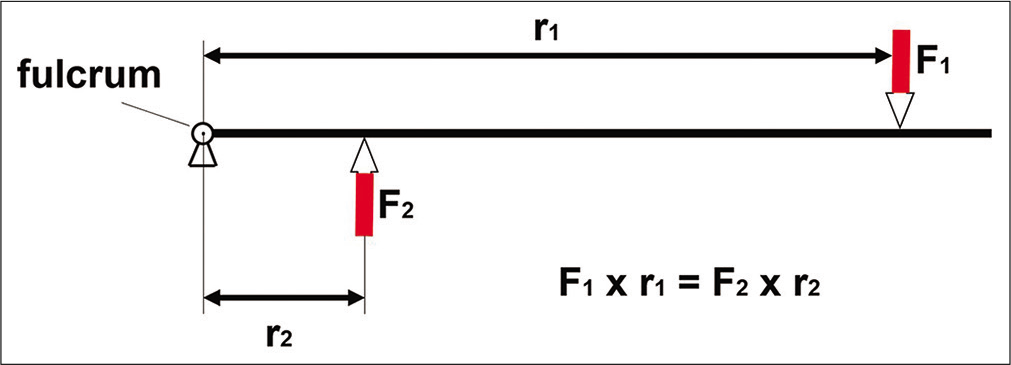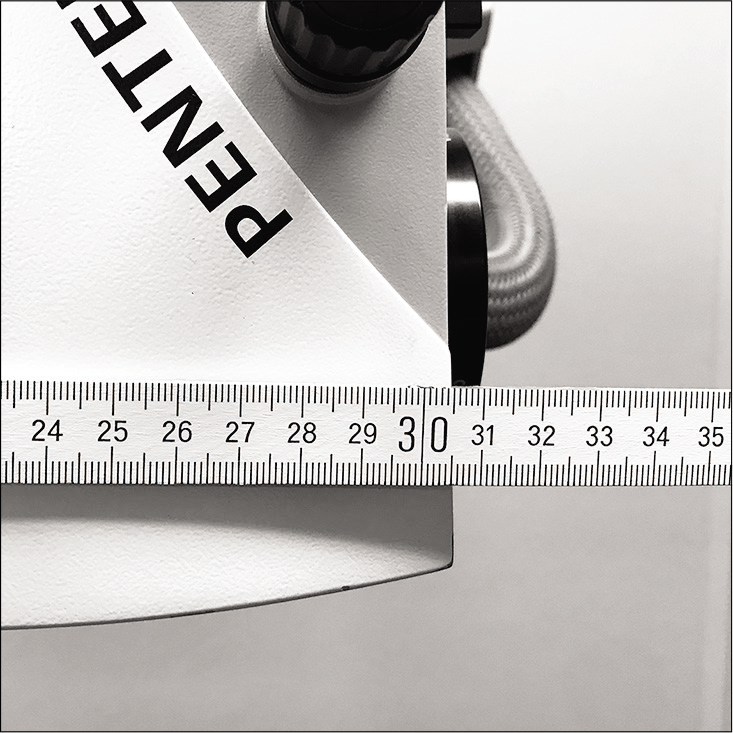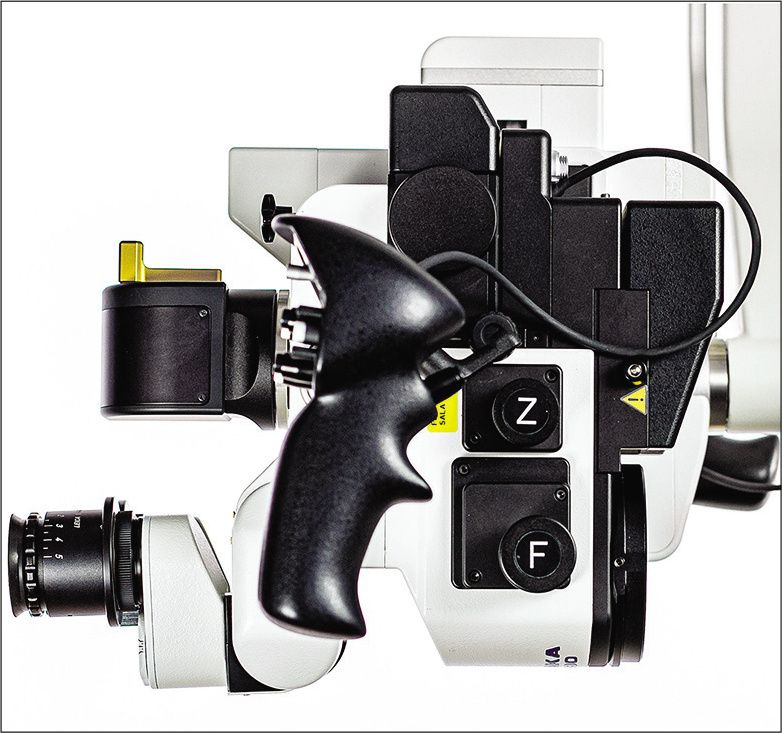- Department of Neurosurgery, Stroke Center, Bergmannstrost Hospital Halle, Halle, Saxony-Anhalt, Germany,
- Department of Biomedical Engineering, University of Florida, Gainesville, Florida, United States,
- Department of Design and Prototyping, Fraunhofer Institute for Microstructure of Materials and Systems, Halle, Saxony-Anhalt, Germany.
Correspondence Address:
Felix Goehre
Department of Design and Prototyping, Fraunhofer Institute for Microstructure of Materials and Systems, Halle, Saxony-Anhalt, Germany.
DOI:10.25259/SNI_292_2020
Copyright: © 2020 Surgical Neurology International This is an open-access article distributed under the terms of the Creative Commons Attribution-Non Commercial-Share Alike 4.0 License, which allows others to remix, tweak, and build upon the work non-commercially, as long as the author is credited and the new creations are licensed under the identical terms.How to cite this article: Felix Goehre1, Christopher Ludtka2, Stefan Schwan3. Ergonomics of surgical microscopes for the sitting position as determined by ocular-corpus length. 15-Aug-2020;11:244
How to cite this URL: Felix Goehre1, Christopher Ludtka2, Stefan Schwan3. Ergonomics of surgical microscopes for the sitting position as determined by ocular-corpus length. 15-Aug-2020;11:244. Available from: https://surgicalneurologyint.com/surgicalint-articles/10213/
Abstract
Background: The sitting position is favorable for microsurgical procedures applied to posterior midline pathologies in both the supra- and infratentorial regions. The dimensions of the microscope corpus affect the device’s comfort and handling in the hands of the microneurosurgeon for such procedures. A shorter microscope corpus provides more favorable intraoperative ergonomics for surgical practice.
Methods: Evaluation of the most comfortable microscope for its application in microsurgical procedures in the sitting position as determined by ocular-corpus length.
Results: Six modern surgical microscopes were tested and evaluated regarding their ocular-corpus lengths and working distances: the Mitaka MM90, Zeiss Kinevo 900, Zeiss Pentero 900, Leica M530, Zeiss Neuro NC4, and Möller-Wedel Hi-R 1000. The ocular-corpus lengths vary between 270 and 380 mm. The Mitaka MM90 microscope has the shortest ocular-corpus length at 270 mm.
Conclusion: The ocular-corpus length determines the predominant part of the lever arm, which affects the fatigue of the surgeon. By virtue of its short ocular-corpus length, the Mitaka MM90 is currently the most favorable microscope for microsurgical procedures using a sitting position.
Keywords: Ergonomics, Microscope, Microsurgery, Ocular-corpus length, Sitting position
INTRODUCTION
The sitting position is favorable for microsurgical procedures applied to posterior midline pathologies with supra- or infratentorial localization.[
Figure 1:
Intraoperative photograph of the Zeiss Pentero 900 in the horizontal position. This photograph demonstrates the important aspects during microsurgical procedures in the sitting position that determines the comfort level of the acting neurosurgeon, such as wrist support (asterisk), flexion of the elbow joint (white line), and the significant influence of the ocular-corpus length of the microscope (A) on the length of the load arm (A + B; red line).
The aim of this report is to evaluate the most comfortable microscope for its application in microsurgical procedures in the sitting patient position, as determined by ocular-corpus length.
MATERIALS AND METHODS
The currently most frequently used neurosurgical microscopes were evaluated: specifically, the Mitaka MM90, Zeiss Kinevo 900, Zeiss Pentero 900, Leica M530, Zeiss Neuro NC4, and Möller Hi-R 1000. To that end, a horizontal microscope position was established, and the ocular-corpus length measured [
RESULTS
Six modern surgical microscopes were tested and evaluated regarding their ocular-corpus lengths and working distances. The measurement data from the Mitaka MM90, Zeiss Kinevo 900, Zeiss Pentero 900, Leica M530, Zeiss Neuro NC4, and Möller-Wedel Hi-R 1000 microscopes are given in [
DISCUSSION
The sitting position is favorable for the microsurgical treatment of supra- and infratentorial pathologies.[
The maximum possible degree of elbow flexion is governed by the ocular-corpus length as well as the space required to insert the relatively long microsurgical instruments through the surgical corridor to access, for example, the pineal region [
CONCLUSION
According to the law of the lever, a significant shortening of the length of the load arm while maintaining the length of the effort arm can significantly reduce the fatigue of the shoulder muscles. By virtue of its short ocular-corpus length, the Mitaka MM90 microscope is currently the most favorable microscope for microsurgical procedures using a sitting position. The construction of compact microscopes is ergonomically desirable for microsurgery using a sitting position.
Declaration of patient consent
Patient’s consent not required as patients identity is not disclosed or compromised.
Financial support and sponsorship
Nil.
Conflicts of interest
There are no conflicts of interest.
References
1. Flügel B, Greil H, Sommer K.editors. Antropologischer Atlas. Berlin, Germany: Verlag Tribüne; 1986. p.
2. Hernesniemi J, Romani R, Albayrak BS, Lehto H, Dashti R, Ramsey C. Microsurgical management of pineal region lesions: Personal experience with 119 patients. Surg Neurol. 2008. 70: 576-83
3. Kim JY, Chung MK, Park JS. Measurement of physical work capacity during arm and shoulder lifting at various shoulder flexion and ad/abduction angles. Hum Factors Ergon Manuf. 2003. 13: 153-63
4. Konovalov AN, Pitskhelauri DI. Infratentorial supracerebellar approach to the colloid cysts of the third ventricle. Neurosurgery. 2001. 49: 1116-22
5. Konovalov AN, Pitskhelauri DI. Principles of treatment of the pineal region tumors. Surg Neurol. 2003. 59: 250-68
6. Pitskhelauri DI, Konovalov AN, Shekutev GA, Rojnin NB, Kachkov IA, Samborskiy DY. A novel device for hands-free positioning and adjustment of the surgical microscope. J Neurosurg. 2014. 121: 161-4
7. Saladino A, Lamperti M, Mangraviti A, Legnani FG, Prada FU, Casali C. The semisitting position: Analysis of the risks and surgical outcomes in a contemporary series of 425 adult patients undergoing cranial surgery. J Neurosurg. 2017. 127: 867-76
8. Yonekawa Y, Imhof HG, Taub E, Curcic M, Kaku Y, Roth P. Supracerebellar transtentorial approach to posterior temporomedial structures. J Neurosurg. 2001. 94: 339-45
9. Yonekawa Y, Roth P, Fandino J, Landolt H. Aneurysms of the posterior cerebral artery and approach selection in their microsurgical treatment: Emphasis on the approaches: SAHEA and SCTTA. Acta Neurochir Suppl. 2011. 112: 85-92
10. Yonekawa Y. Posterior circulation EC-IC bypass via supracerebellar transtentorial SCTT approach applied in a young patient with congenital multiple occlusive cerebrovascular anomalies-case report and technical note. Acta Neurochir Suppl. 2010. 107: 89-93










